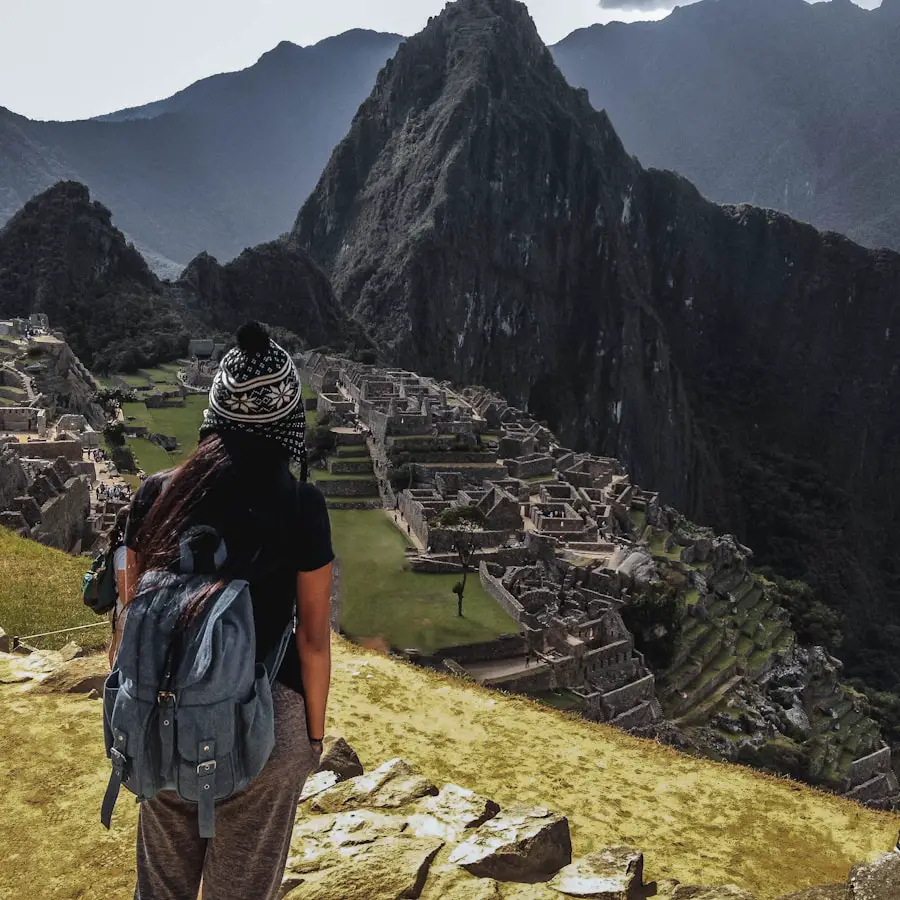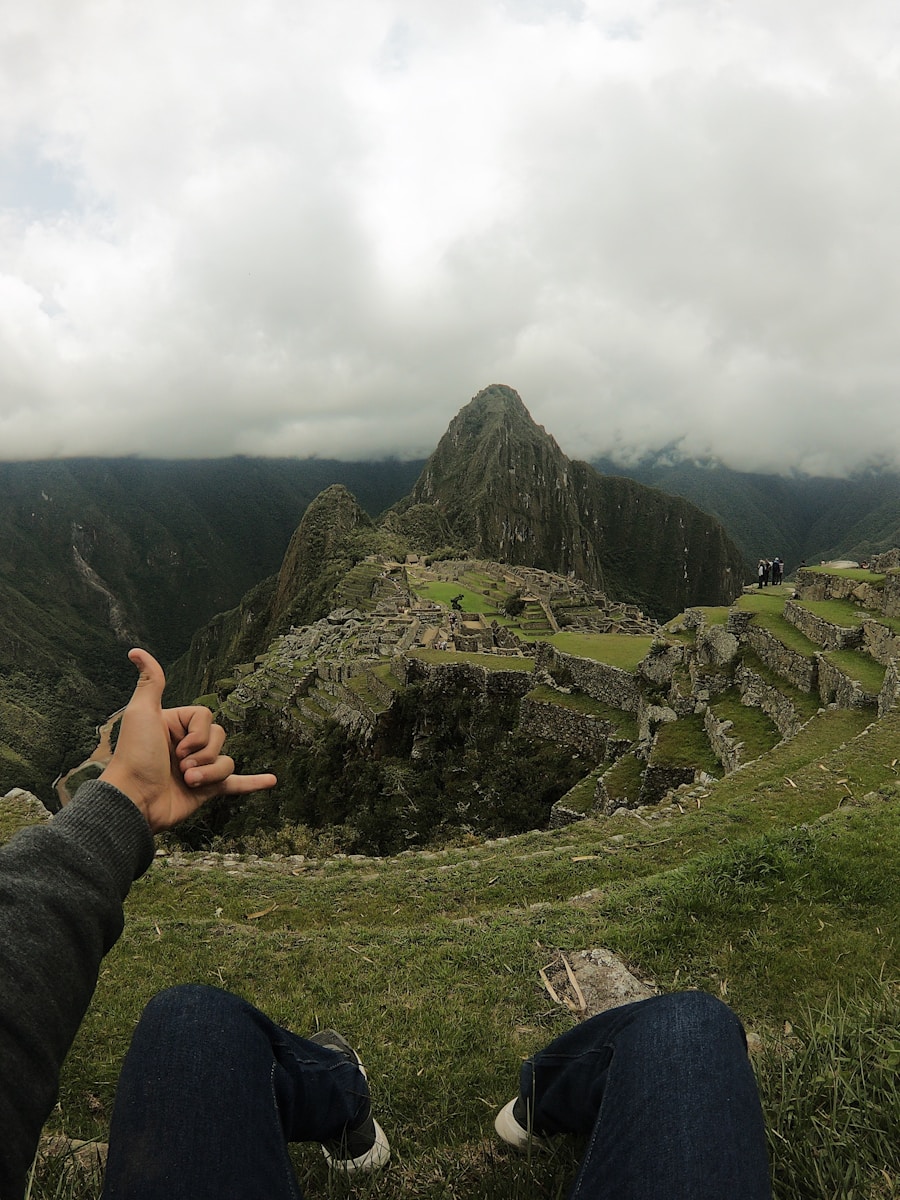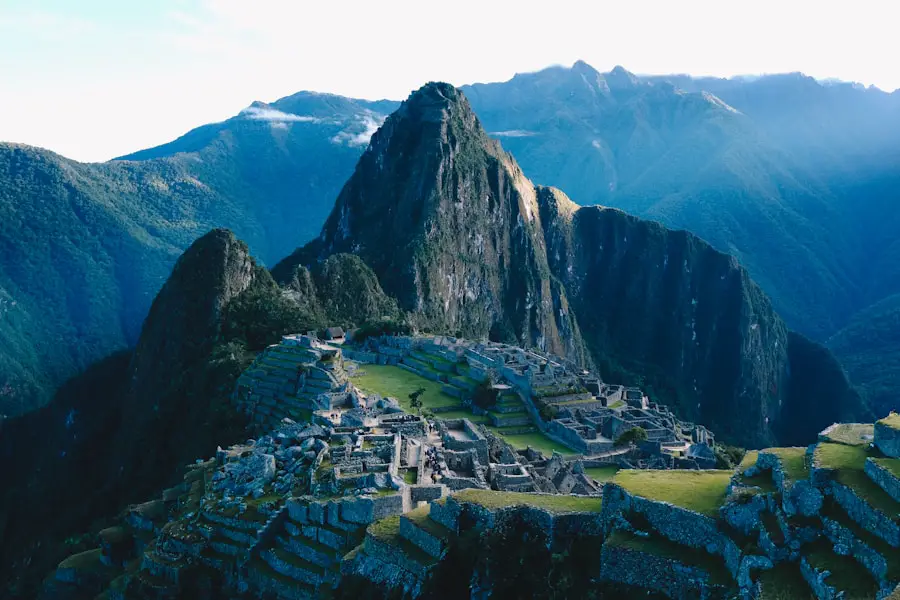Hiking trails, particularly those that are renowned for their beauty and challenge, often require a significant level of physical fitness. The demands placed on the body can vary widely depending on the trail’s length, elevation gain, and overall difficulty. For instance, trails like the Inca Trail in Peru or the Appalachian Trail in the United States present unique challenges that test even seasoned hikers.
The physical exertion involved in ascending steep inclines, navigating rocky paths, and enduring long distances can lead to fatigue, muscle soreness, and even injury if one is not adequately prepared. Training for such trails typically involves a combination of cardiovascular conditioning, strength training, and endurance exercises. Hikers often engage in activities such as running, cycling, or swimming to build their aerobic capacity.
Additionally, strength training focusing on the legs, core, and upper body is crucial for carrying a backpack and maintaining stability on uneven terrain. Long-distance hikes during training can also help acclimatize the body to prolonged physical exertion, allowing hikers to better manage the demands of the trail when the time comes to embark on their journey.
Key Takeaways
- Hiking the trail requires physical fitness and endurance due to long distances, steep inclines, and rugged terrain.
- Altitude sickness can be a serious concern, so acclimatization and proper hydration are essential for hikers at higher elevations.
- Weather conditions can change rapidly, and hikers must be prepared for extreme temperatures, high winds, and potential storms.
- Planning ahead for permits and accommodations is crucial, as many trails have limited access and require advance reservations.
- The trail often passes through culturally and historically significant sites, providing hikers with a unique opportunity to learn and appreciate local traditions and heritage.
- Hikers should minimize their environmental impact by following Leave No Trace principles and supporting conservation efforts along the trail.
- Safety measures, including first aid training and emergency communication devices, are important for hikers to handle potential accidents or emergencies.
- Hiking the trail can be mentally and emotionally challenging, requiring perseverance, patience, and a positive mindset to overcome obstacles and setbacks.
Altitude Sickness and Acclimatization
As hikers ascend to higher elevations, they may encounter altitude sickness, a condition that arises due to reduced oxygen levels in the atmosphere. Symptoms can range from mild headaches and nausea to severe complications that may require immediate descent. Understanding the physiological changes that occur at high altitudes is essential for anyone planning to hike in mountainous regions.
The body typically requires time to acclimatize, which involves physiological adaptations such as increased breathing rate and changes in blood composition to enhance oxygen delivery to tissues. Acclimatization strategies are vital for minimizing the risk of altitude sickness. Gradual ascent is one of the most effective methods; hikers are often advised to ascend no more than 1,000 feet per day above 8,000 feet.
Additionally, staying hydrated and maintaining a balanced diet can support the body’s adaptation process. Some hikers also utilize medications like acetazolamide (Diamox) to help prevent altitude sickness, although this should be discussed with a healthcare professional prior to use. Recognizing the early signs of altitude sickness and knowing when to descend can be life-saving measures for those venturing into high-altitude environments.
Weather and Terrain Challenges

The weather conditions encountered on hiking trails can be unpredictable and often play a significant role in the overall hiking experience. Factors such as temperature fluctuations, precipitation, and wind can dramatically affect trail conditions and hiker safety. For example, a sunny day can quickly turn into a stormy one in mountainous regions, leading to slippery trails and reduced visibility.
Hikers must be prepared for these changes by checking weather forecasts before embarking on their journey and being equipped with appropriate gear such as waterproof jackets, thermal layers, and sturdy footwear. Terrain challenges also vary widely from one trail to another. Some trails may feature well-maintained paths that are easy to navigate, while others may present rugged landscapes filled with boulders, roots, and steep drop-offs.
Trails like the Pacific Crest Trail offer diverse terrain that includes desert sections, alpine meadows, and rocky mountain passes. Hikers must develop skills in route finding and navigation to safely traverse these challenging environments. Additionally, understanding how to manage fatigue and maintain balance on uneven surfaces is crucial for preventing accidents and ensuring a successful hike.
Planning and Permits
| Year | Number of Planning Applications | Number of Permits Issued |
|---|---|---|
| 2018 | 1,200 | 950 |
| 2019 | 1,350 | 1,100 |
| 2020 | 1,500 | 1,250 |
Effective planning is a cornerstone of any successful hiking expedition.
This involves not only selecting a trail that matches one’s skill level but also preparing for logistical aspects such as transportation, accommodation, and food supplies. Many popular trails require permits for access due to their popularity or environmental protection regulations.For instance, hiking in national parks often necessitates obtaining permits well in advance, especially during peak seasons when demand is high. Failure to secure the necessary permits can result in denied access or fines. In addition to permits, hikers should create detailed itineraries that outline daily distances, estimated hiking times, and potential campsites or rest stops along the way.
This level of planning helps ensure that hikers remain on track and can adjust their plans as needed based on their pace or unforeseen circumstances. Moreover, it is essential to inform someone about your hiking plans and expected return time for safety reasons. This way, if something goes awry during the hike, there is a point of contact who can alert authorities if necessary.
Cultural and Historical Significance
Many hiking trails are steeped in cultural and historical significance that enriches the experience for those who traverse them. For example, the Camino de Santiago in Spain is not just a physical journey but also a pilgrimage that has been undertaken for centuries by individuals seeking spiritual fulfillment. The trail passes through various towns and villages where hikers can immerse themselves in local traditions, cuisine, and history.
Understanding the cultural context of a trail can deepen one’s appreciation for the journey and foster a sense of connection with the land and its people. Similarly, trails like the Appalachian Trail are intertwined with American history, reflecting the struggles and triumphs of those who settled in the region. Hikers may encounter historical landmarks, old homesteads, or remnants of early settlements along their path.
Engaging with these historical elements allows hikers to reflect on the past while enjoying the natural beauty surrounding them. This blend of culture and nature creates a unique tapestry that enhances the overall hiking experience.
Environmental Impact and Conservation

As outdoor enthusiasts flock to popular hiking destinations, concerns about environmental impact have become increasingly prominent. The influx of hikers can lead to soil erosion, damage to vegetation, and disturbances to wildlife habitats if not managed properly. Many trails are now implementing Leave No Trace principles to educate hikers about minimizing their impact on the environment.
These principles encourage practices such as packing out all trash, staying on designated paths, and respecting wildlife by observing from a distance. Conservation efforts are essential for preserving natural landscapes for future generations. Organizations dedicated to trail maintenance often rely on volunteers to help with tasks such as clearing debris, repairing trails, and restoring damaged areas.
Hikers can contribute by participating in local conservation initiatives or supporting organizations that focus on protecting natural spaces. By fostering a sense of stewardship among hikers, we can ensure that these beautiful trails remain intact for years to come.
Safety and Emergency Preparedness
Safety should always be a top priority when embarking on any hiking adventure. Accidents can happen unexpectedly; therefore, being prepared for emergencies is crucial. Hikers should carry essential safety gear such as first aid kits, maps or GPS devices, headlamps or flashlights, and extra food and water supplies.
Familiarizing oneself with basic first aid techniques can also be invaluable in case of injuries or medical emergencies while on the trail. In addition to physical preparedness, hikers should develop an understanding of their surroundings and potential hazards they may encounter along the way. This includes recognizing signs of changing weather conditions, understanding wildlife behavior (such as how to react if encountering bears), and knowing how to navigate using both technology and traditional methods like compass reading.
Having a plan in place for emergencies—such as knowing the nearest exit points or how to signal for help—can make all the difference in ensuring safety during outdoor excursions.
Mental and Emotional Challenges
Hiking is not only a physical endeavor but also a mental and emotional journey that can present its own set of challenges. The solitude of nature can evoke feelings of introspection or anxiety for some individuals. Long stretches of isolation may lead to moments of self-doubt or questioning one’s abilities as fatigue sets in during strenuous hikes.
It is essential for hikers to develop coping strategies to manage these mental hurdles effectively. Mindfulness practices can be beneficial during hikes; focusing on breathing techniques or immersing oneself in the surrounding environment can help ground individuals during challenging moments. Setting realistic goals—such as breaking down long hikes into manageable segments—can also alleviate feelings of overwhelm.
Additionally, sharing experiences with fellow hikers fosters camaraderie and support that can uplift spirits during tough stretches on the trail. Embracing both the physical exertion and emotional journey allows hikers to cultivate resilience while enjoying the transformative power of nature.
If you’re planning a trip to Machu Picchu and wondering about the difficulty level of hiking there, you may also be interested in checking out this article on the best travel pants with hidden pockets here. Having the right gear and clothing can make a big difference in your hiking experience, so it’s worth considering investing in some practical and comfortable travel pants for your adventure.
Love travel? Join Our Facebook Community For More Tips.
FAQs
What is the difficulty level of hiking Machu Picchu?
The difficulty level of hiking Machu Picchu can vary depending on the route chosen. The classic Inca Trail is considered to be moderately difficult, while alternative routes such as the Salkantay Trek or the Lares Trek can be more challenging due to higher altitudes and longer distances.
What factors contribute to the difficulty of hiking Machu Picchu?
Factors that contribute to the difficulty of hiking Machu Picchu include high altitude, steep and uneven terrain, variable weather conditions, and the physical demands of hiking for multiple days in a row.
What physical fitness level is required for hiking Machu Picchu?
Hiking Machu Picchu requires a moderate to high level of physical fitness. Hikers should be prepared for long days of walking, steep ascents and descents, and carrying a backpack with personal belongings.
Are there any age restrictions for hiking Machu Picchu?
There are no specific age restrictions for hiking Machu Picchu, but it is recommended that hikers be in good physical health and able to handle the demands of the chosen trek. It is important to consult with a healthcare professional before embarking on the hike, especially for older adults and individuals with pre-existing health conditions.
What are some tips for preparing for a hike to Machu Picchu?
Some tips for preparing for a hike to Machu Picchu include training for physical endurance and strength, acclimatizing to high altitudes, packing appropriate gear and clothing, and familiarizing oneself with the route and potential challenges. It is also important to stay hydrated and be mindful of the potential effects of altitude sickness.
